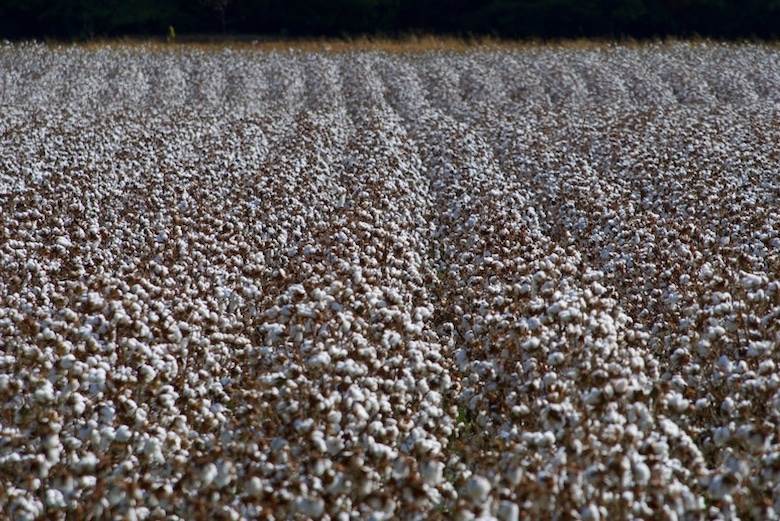Textile Exchange issues annual reports, despite organic cotton challenges

Texas-based non-profit Textile Exchange, which celebrates its twentieth anniversary this year, has published its annual reports on the market for both organic cotton and preferred fibres and materials.
On its organic cotton market findings, Textile Exchange cautioned that it “can’t be confident in every number” cited in the report, due to data provided voluntarily becoming more and more difficult to access, which it found to be the case “this year more than ever”.
Obtaining sufficient data from Indian producers and certification bodies, in particular, regarding the 2020-2021 organic cotton crop was unusually difficult, Textile Exchange went on to say. This had a significant impact on its global estimates, it said, owing to the fact that India is the world’s largest producer of the fibre.
Nevertheless, its published findings suggested that there was a 37% increase in organic cotton cultivation versus the comparative period (2019-2020), with the amount of organic cotton grown globally amounting to 1.4% or 24,380,507 tonnes, according to International Cotton Advisory Committee data.
Twenty-one countries produced organic cotton over 2020-2021. These were India, Pakistan, Egypt, Greece, Kazakhstan, Kyrgyzstan, Spain, Tajikistan, Turkey, Uzbekistan, Peru, Brazil, Argentina, Benin, Burkina Faso, Ethiopia, Mali, Tanzania, Uganda, China and the US. During the same harvest, 97% of worldwide organic cotton production stemmed from eight countries: India (38%), Turkey (24%), China (10%), Kyrgyzstan (9%), Tanzania (6%), Kazakhstan (4%), Tajikistan (4%) and the US (2%). Myanmar ceased organic certification over the period.
New organic cotton projects are underway in Israel, Sudan, Zambia, Mozambique and Côte d’Ivoire, Textile Exchange added, with Senegal and Thailand also expected to resume production.
In respect of its Preferred Fiber & Materials Report, the non-profit noted the ever-evolving nature of its definition of “preferred” as it seeks to “keep raising the bar” when it comes to climate action. As of September 2022, Textile Exchange’s definition of a preferred fibre or material was: “A raw fibre or material that delivers ongoing beneficial outcomes and impacts for climate, nature and people through a holistic approach to transforming raw fibre and material production systems.”
Changes to the total market share of preferred fibres and materials observed over 2020-2021 included a 3% year-on-year (YOY) decrease in preferred cotton (down to 24% of all cotton produced) and a 0.1% YOY increase in recycled polyester (14.8% of polyester in 2021). Recycled polyamide amounted to 1.94% of all polyamide fibre in 2021, whereas biobased polyamide fibres took 0.4% of polyamide’s market share.
Meanwhile, the market share of manmade cellulosic fibres (MMCFs) certified to either Forest Stewardship Council (FSC) and/or Programme for the Endorsement of Forest Certification (PEFC) standard grew from around 55-60% of production in 2020 to roughly 60-65% of all MMCFs in 2021. The market share of recycled MMCFs was approximately 0.5% during the period in question.
Natural rubber, on the other hand, represented 49% of the rubber market in 2021. Together, FSC- and/or PEFC-approved rubber took a 2.7% share in the total.
The climate-inspired organisation will host its annual conference in Colorado Springs over November 14-18. Speakers are yet to be announced, but those interested can learn more about what is currently on the agenda here and visit this link to reserve their place.
Image: Jeff Hutcheson via Unsplash.








